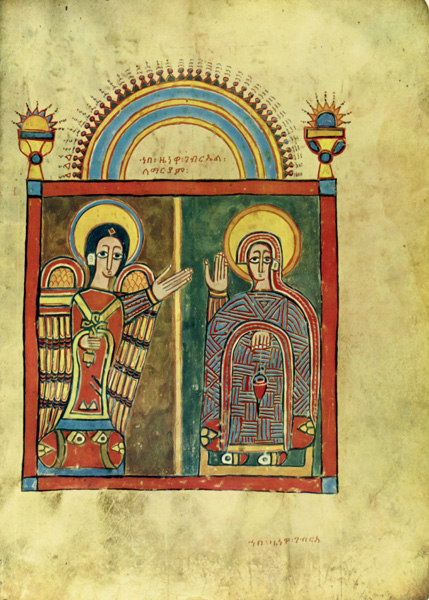

Fourth in a series of short blog posts introducing new features of our online database

Did you know that you can filter Index search results by style and/or culture of origin? The “Style/Culture” field on the search filters page groups results according to widely used stylistic or cultural categories, such as “Gothic,” “Ethiopian,” or “Jewish.”
As any student of art history knows, stylistic and cultural labels can be difficult to define. Stylistically speaking, what’s “Gothic” in France in 1150 may be considered “Romanesque” at the same date in Italy, while the parameters for ethnic, religious, or other cultural communities can vary even more dramatically. Still, because we’ve observed that students and other new users of the Index may find such labels helpful in narrowing and exploring search results, we’ve elected to keep them in our new database, consulting authorities such as the Getty Art and Architecture Thesaurus and even current medieval art textbooks to refine how we apply them. If you’d like to learn more about why we applied a particular “Style/Culture” label to a work of art, you can look at the authority record for that label.
Because style and culture terms remain subjective even in the best of circumstances, they may not yield precise results and are most usefully applied when you are searching broadly to learn how a subject was represented in a particular period or cultural sphere, rather than to search for a particular example. You might find, for example, that searching for a frequently represented subject such as “Virgin Mary: Annunciation” delivers an intimidating 2500+ results. However, if what you really wanted was to see examples of how the Annunciation was depicted in Byzantine art, narrowing the results by using the “Style/Culture” delimiter “Byzantine” reduces this to a much more manageable—and more relevant—list of 276 records.
Some delimiters will still deliver a high number of results (try using “Gothic” instead of “Byzantine” to see what we mean), but you can refine these further by using additional filters—such as Date, Location, or Medium—when you’re ready for more specificity. To apply the Style/Culture filter, type a search term into the free text field at the upper right of the search window. On the results page, choose the “Filters” option, then in the “Style/Culture filter, begin typing the term you’re looking for—the system will auto-complete the term, if it exists—and then, once you’ve selected the term you want, simply click “Search.” The filtered results will appear below.
If you’d like to view a complete list of Style/Culture terms currently used by the Index, click on “Browse” at the top of the window and then choose Style/Culture. To expedite your search for a particular term, type it into the search line at the top of the list.
As always, if you have questions or comments about the Index of Medieval Art database, please contact theindex@princeton.edu. We’re here to help, and we want to know what you think.